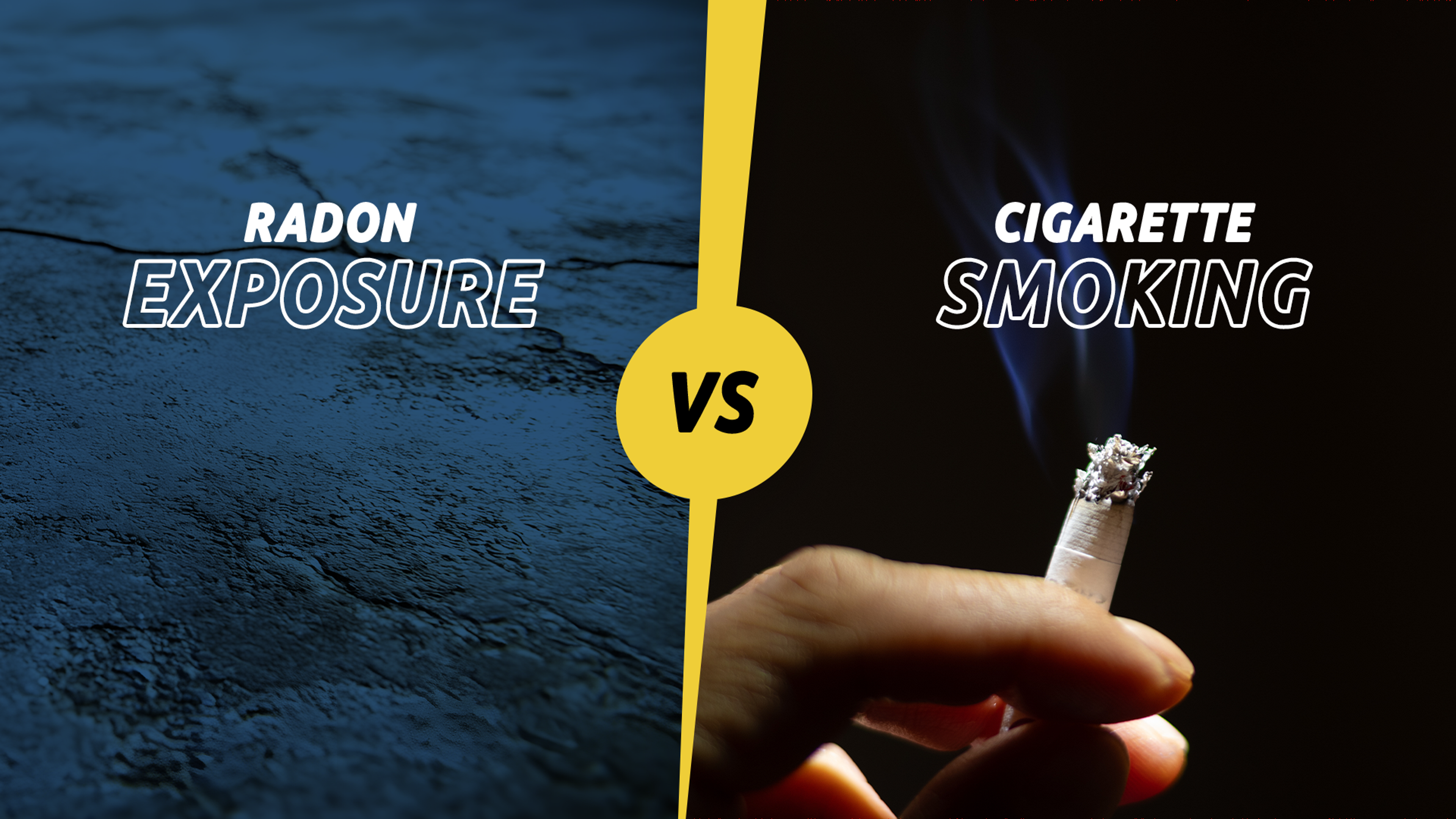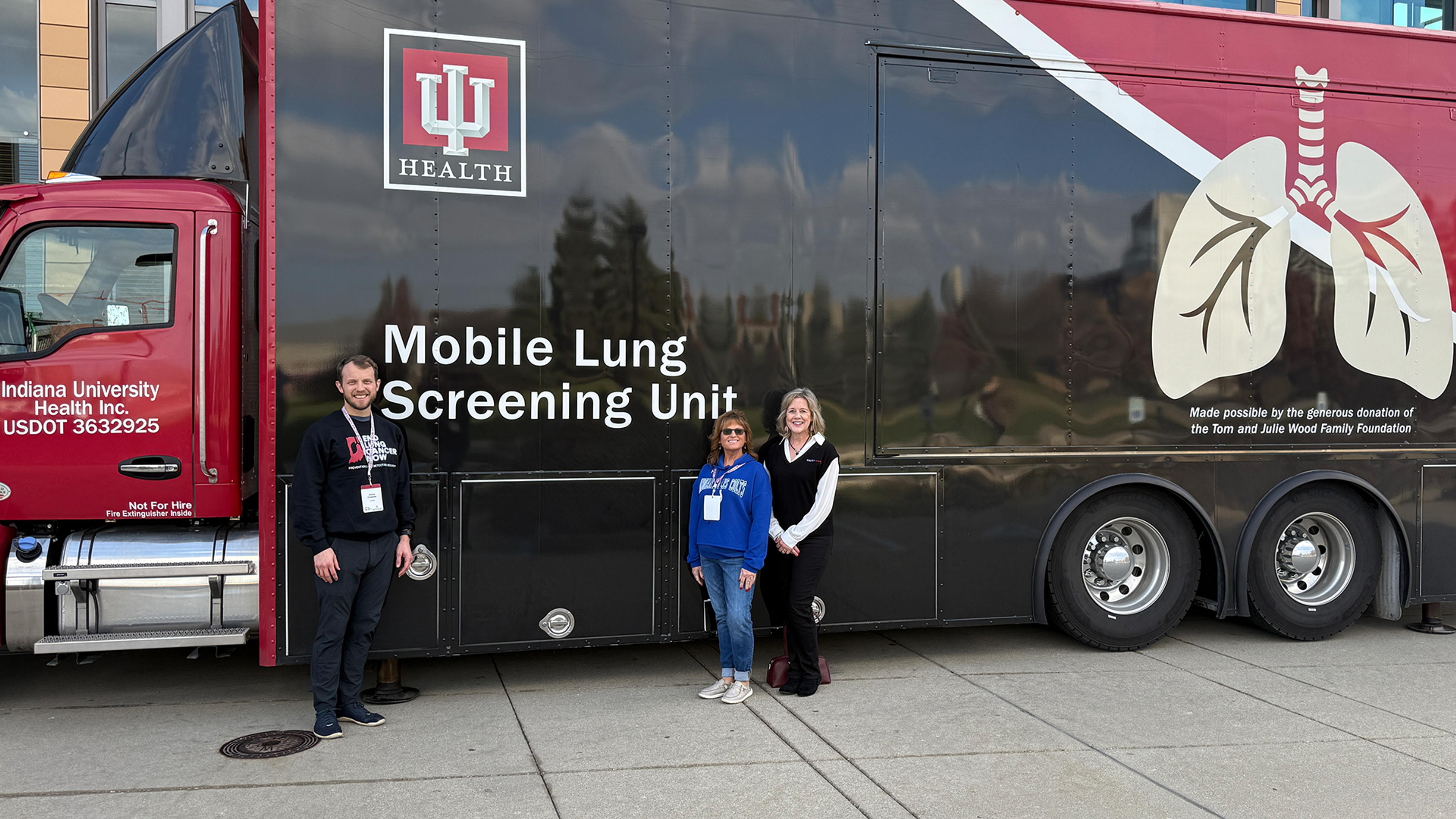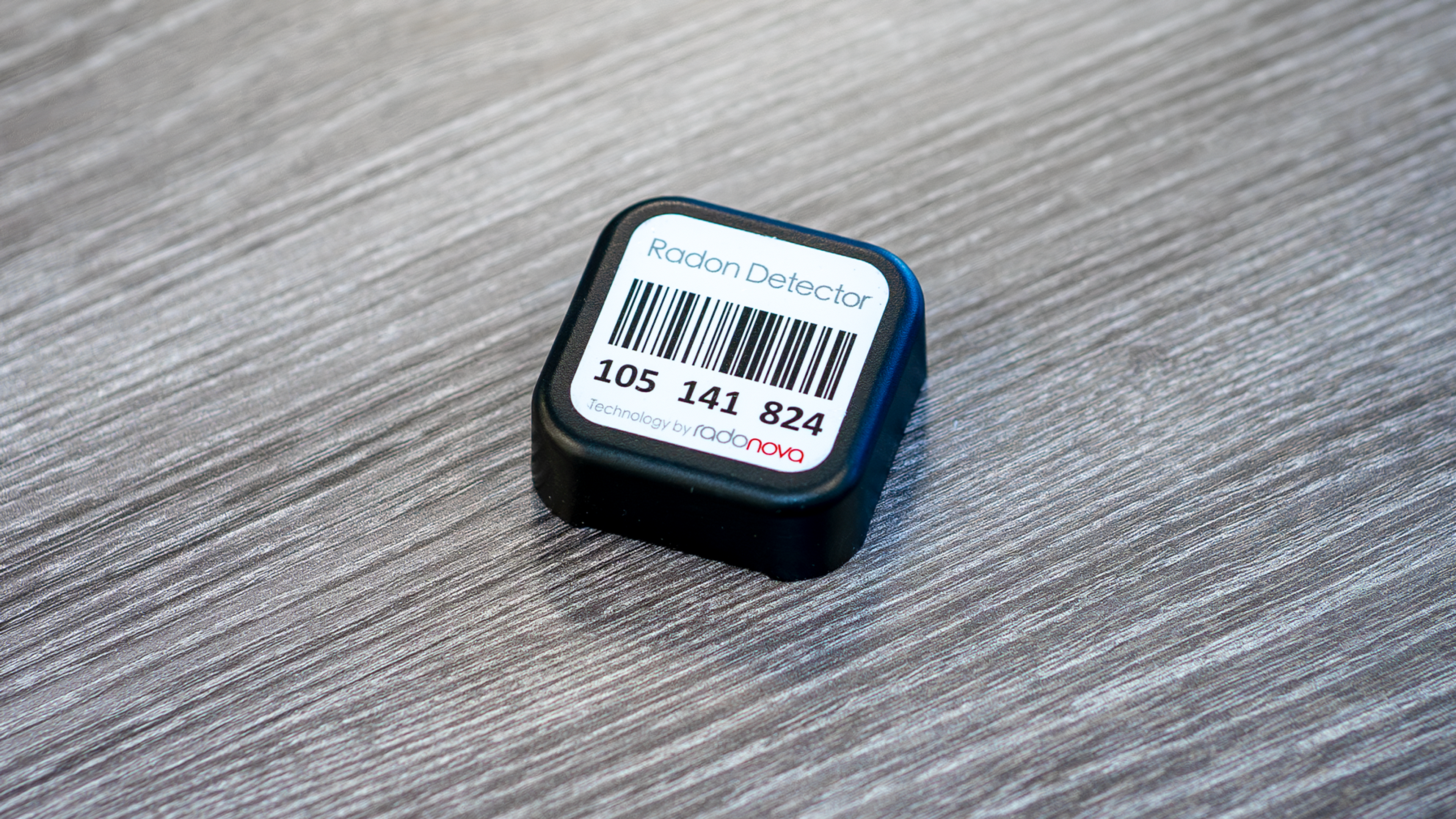

How is Radon Exposure Like Cigarette Smoking?
Radon is a colorless and odorless gas that forms from the breakdown of uranium in soil, rocks, and water around your home, school, or workplace. It can seep indoors through cracks in the foundation, construction joints, basement walls, plumbing pathways, or sump holes.
Both radon and cigarette smoking cause lung cancer. In the United States and Canada, the top causes of lung cancer include:
- Cigarette smoking
- Radon exposure
- Second-hand smoke
- Asbestos
- Air pollution
- Family history of lung cancer
- Workplace exposure to chemicals, radioactive materials, diesel exhaust, etc.
- Diet and lifestyle
The above isn’t a complete list. However, when ranking risk factors for lung cancer, cigarette smoking is the #1 cause of lung cancer and the #2 cause of lung cancer is radon exposure.
Is being exposed to radon like smoking a cigarette?
Many online sources report that living in a home with radon gas at the action limit of 4.0 pCi/L (United States) or 200 Bq/m3 (Canada) is the equivalent of smoking 8-10 cigarettes per day, or half a pack.
Cigarette smoke contains carcinogenic chemicals that create cell mutations in the lungs. These cell mutations can then transform into cancerous tumors. Not all cell mutations become cancerous, but the more a person inhales smoke the greater their chances are of developing cancerous cells.
Like cigarette smoke, the longer a person is exposed to radon the greater one’s chances are of developing lung cancer. When radon seeps into a home or building it becomes trapped, especially in energy efficient homes. Radon gas decays into radioactive particles. These radioactive particles damage the DNA of cells that line the lungs and causes mutations. When cells have too many mutations they can stop working correctly, grow uncontrollably, and become cancerous. Long-term radon exposure to radon over several years causes lung cancer.
Radon risk for non-smokers
Radon is the #1 cause of lung cancer in non-smokers, according to the EPA and Health Canada. Approximately 14% of Americans with lung cancer are non-smokers and 30% of Canadians with lung cancer are non-smokers.
In the United States the radon action level that designates the need to fix your home is 4.0 pCi/L. The action level in Canada is 200 Bq/m3.
In the EPA’s A Citizen’s Guide for Radon, it states that the lung cancer risk is 7 in 1,000 people who have never smoked and were exposed to radon levels of 4.0 pCi/L (or 150 Bq/m3) over a lifetime. This statistic is the same as the risk of dying in a car crash.
Radon risk for smokers
Smoking combined with radon exposure poses an even greater health risk. The lung cancer risk for smokers is 62 in 1,000 for those who are exposed to radon levels of 4.0 pCi/L (or 150 Bq/m3) over a lifetime. This is 5 times the risk of dying in a car crash.
According to the CDC, people who smoke and are exposed to radon have a 10 times greater chance of developing lung cancer from radon than non-smokers who are exposed to the same radon levels. The likelihood of developing lung cancer is higher when both smoking and radon exposure are present compared to either risk factor occurring alone.
Radon-induced lung cancer prevention
Testing is the only way to know if you are living or working in a building with high radon levels. Radon measurement can be done with an easy do-it-yourself home test or by a certified radon measurement professional.
Radonova offers the following radon test kits for homeowners and radon professionals.
- QuickScreen is a 2-to-4-day charcoal radon screener for obtaining a quick snapshot of radon levels.
- The 10 to 90 day Rapidos alpha track detector provides detailed and accurate results in a relatively quick period.
- Radtrak is the most popular alpha track radon detector in the world. It is deployed for up to 365 days and is the most accurate option.
Radon reduction can then be accomplished once it has been detected. Radon mitigation professionals are certified to provide systems that will reduce radon to the levels designated by the EPA and Health Canada. Mitigating radon includes preventing radon from entering a home or workplace as well as reducing the radon level once it has entered the structure. Radon mitigation techniques include fixing cracks, securing crawl spaces, and plugging any openings that may allow radon to seep into a home or building as well as installation of pipes, fans, and venting to redistribute radon outdoors and away from inside the home or building.
Lung cancer screening
Early detection of lung cancer can be achieved through screening with a low dose CT scan (LDCT). Currently, lung cancer screening in the U.S. is usually covered by Medicare and other insurance companies for eligible people who are:
- 50-80 years old
- Have a smoking history of 20 packs per year
- Currently smoke or have quit smoking within the last 15 years
The Canadian Cancer Society recommends lung cancer screening for people ages 55 to 74 who currently smoke or used to smoke.
The earlier lung cancer is found, the easier it is to treat, and the chances of cure and survival are much higher.
Click here to stay informed about radon industry news and product discounts.




